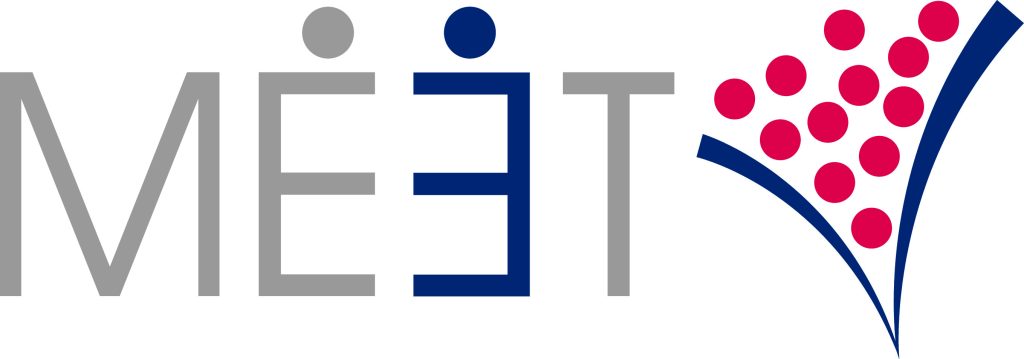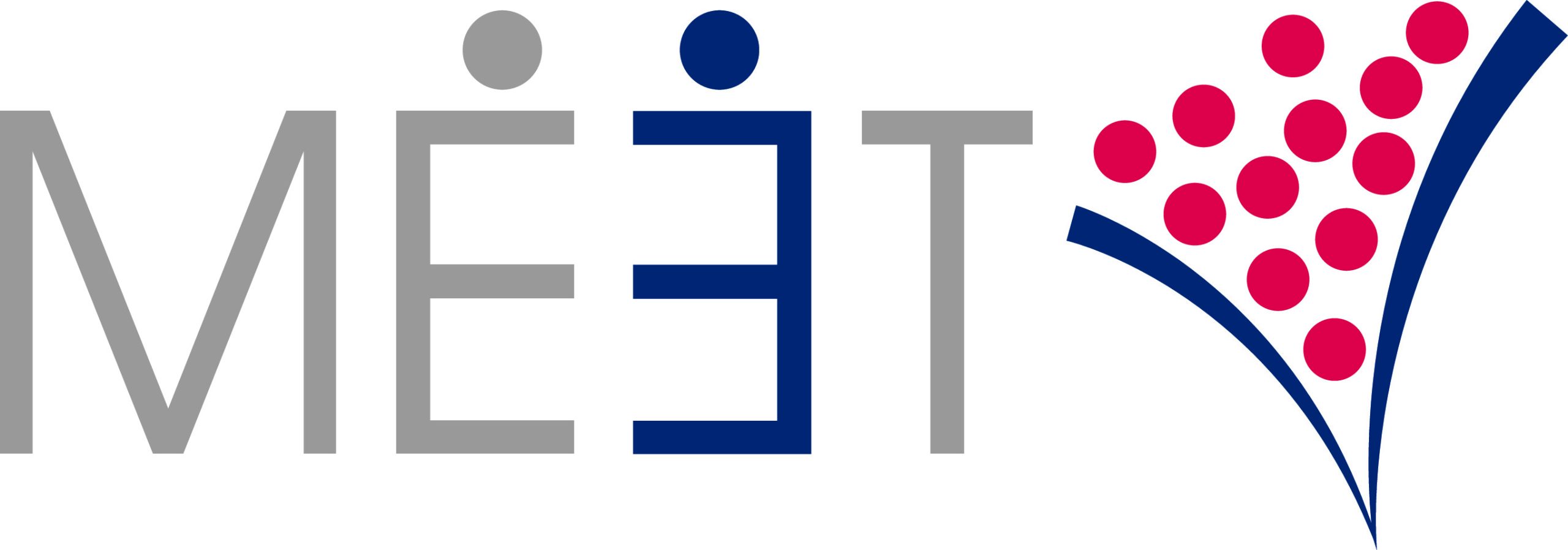Successful Internationalization with Marco Barozzi, Expo Consulting
Bill Kenney: Hi and welcome to the next episode of Belly2Belly. Today, we’re speaking with Marco Barozzi from Expo Consulting about successful internationalization. How are you today, Marco? Marco Barozzi: I’m doing well, thank you. It’s a pleasure to be here. About Expo Consulting Bill Kenney: Great to have you. Many companies are expanding internationally and are curious about strategies to succeed. Can you tell us about Expo Consulting’s role in assisting companies with international expansion? Marco Barozzi: Certainly. Expo Consulting, founded in 1997, specializes in helping Italian companies enter foreign markets through international trade fairs and events. We offer personalized services to small and medium-sized enterprises, building relationships with trade show organizers and other relevant stakeholders worldwide. Despite the challenges posed by the pandemic, we remain committed to providing our clients with the best support and results. With over 25 years of experience, our multilingual team focuses on putting the customer first and facilitating their entry into global markets. Bill Kenney: Impressive dedication to supporting companies in their international endeavors. Do you specialize in specific industries, and are you primarily focused on B2B? Marco Barozzi: While we have experience in various industries, such as food and beverage, packaging, machine tools, tourism, and more, our expertise spans across different sectors. Italy being an export-oriented country, we cater to the needs of diverse industries, offering horizontal knowledge and experience. Top Challenges Internationalizing Companies Face Bill Kenney: That’s a broad spectrum of expertise. From your experience, what are the top challenges companies face when expanding internationally, and how do you help them overcome these obstacles? Marco Barozzi: Cultural differences pose significant challenges for companies expanding internationally. Misunderstandings, communication breakdowns, and ineffective business practices often stem from a lack of cultural sensitivity. Additionally, navigating legal complexities, compliance issues, bureaucracy, and supply chain disruptions can hinder expansion efforts. Political instability and economic downturns in target markets further contribute to uncertainty. At Expo Consulting, we help companies address these challenges by providing cultural awareness training, legal guidance, logistical support, and strategic advice tailored to their specific needs. Top Attribute for Successful Internationalization Bill Kenney: Those are indeed complex challenges. On the flip side, what key attributes have you observed in successful founders or leaders of companies that have scaled internationally? Marco Barozzi: Successful founders and leaders of internationally scaling companies exhibit cultural awareness, open-mindedness, and resilience. They understand the importance of adapting products and services to local markets and building trust over time. Strong, diverse teams with multilingual skills contribute to effective communication and problem-solving. Adaptability, resourcefulness, and patience are crucial traits for navigating the complexities of international expansion. Ultimately, successful international expansion requires a long-term, strategic approach rather than a quick fix. Bill Kenney: Absolutely, it’s a journey that requires patience and perseverance. Thank you, Marco, for sharing your valuable insights today. It’s been a pleasure speaking with you. Marco Barozzi: Thank you, Bill. The pleasure was mine. I’m always available for further discussions. Successful Internationalization & Exhibitor Tips Summary Points: Expo Consulting specializes in assisting Italian companies with international expansion through participation in trade fairs and events. Their personalized services cater to small and medium-sized enterprises across various industries. The top challenges companies face when expanding internationally include cultural differences, legal complexities, bureaucratic hurdles, supply chain disruptions, and political instability. Expo Consulting provides support in navigating these challenges through cultural awareness training, legal guidance, and strategic advice. Successful founders and leaders of internationally scaling companies demonstrate cultural awareness, open-mindedness, resilience, adaptability, and patience. They prioritize building trust, forming diverse teams, and adopting a long-term strategic approach to international expansion. About MEET MEET helps international B2B & B2G companies gain traction and scale in the U.S. through trade shows, events, and strategic connections. Contact Bill Kenney for a no-obligation conversation: bill@meetroi.com or +1 (860) 573-4821. Meeting ended after 00:13:16 👋 Belly2Belly successful internationalization podcast – Marco (2024-02-29 09:01 GMT-5) – Transcript Attendees Bill Kenney, Marco Barozzi Successful Internationalization & Exhibitor Tips Transcript This editable transcript was computer-generated and might contain errors. Watch the conversation here Read also “The 5 Rules of U.S. Trade Show Follow-Up” — Marco Barozzi, mbarozzi@me.com https://www.expoconsulting.eu/en/ – Feel free to contact us with any questions Bill Kenney,bill@meetroi.com MEET,https://sheikharin.com/meetroi/

